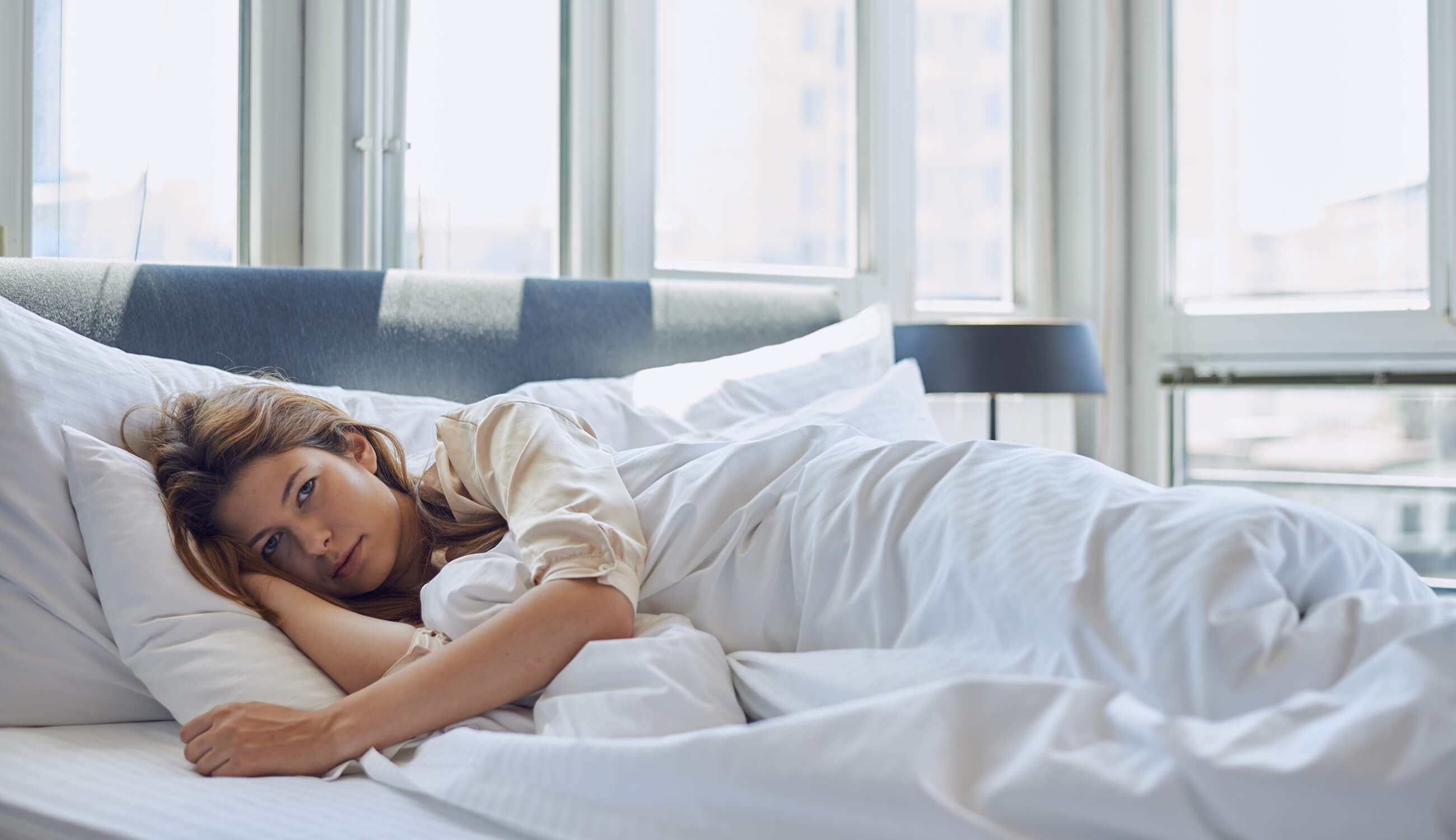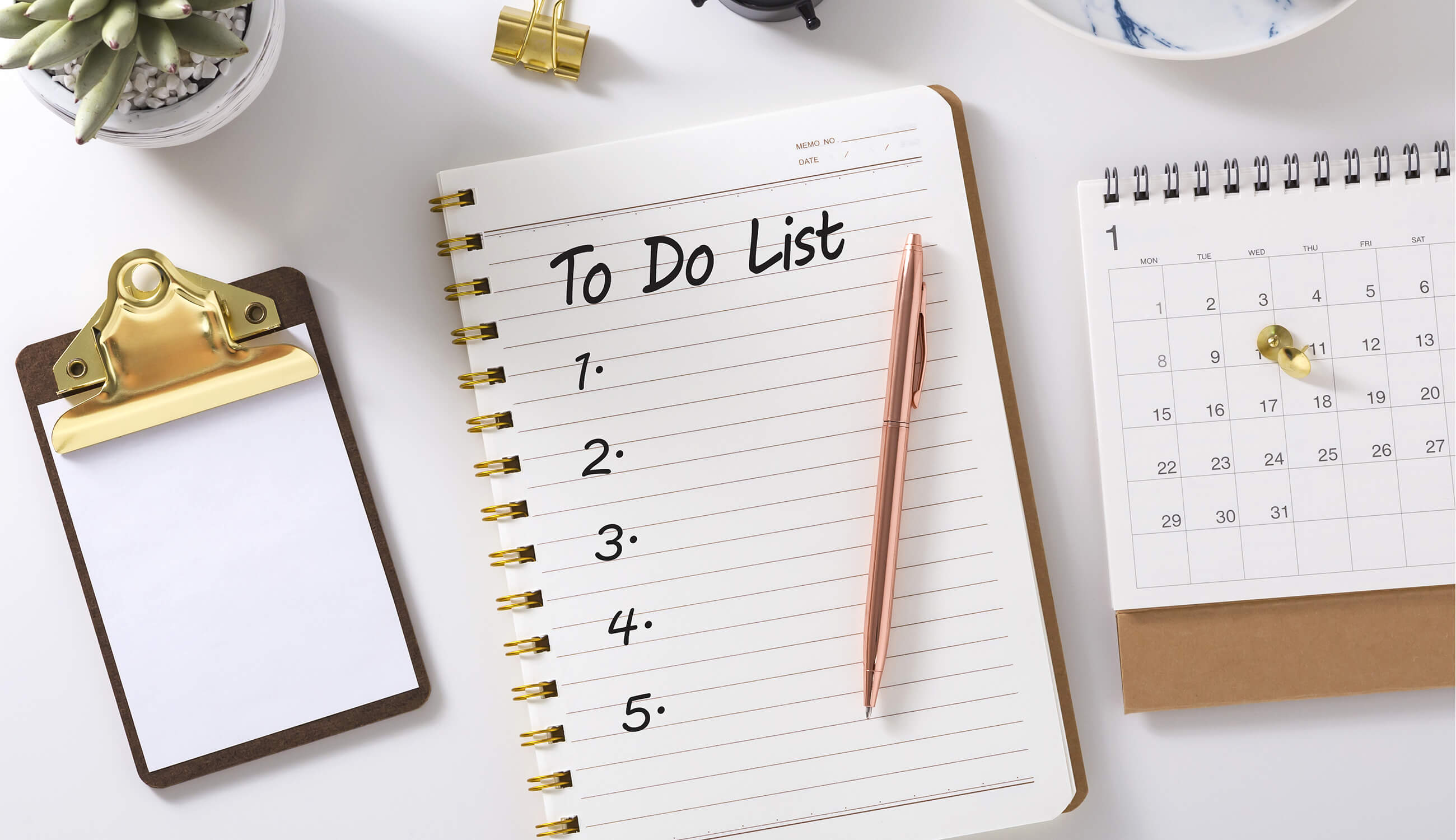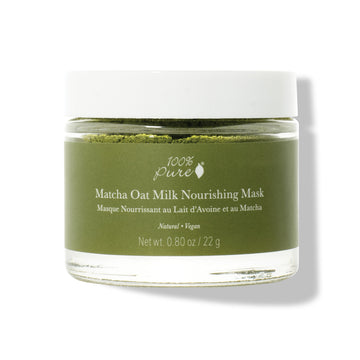If things are feeling repetitive, re-evaluate and re-energize with these simple tips
Written by: 100% PURE ®
Lately, each day feels like a slightly different version of yesterday. Despite this, time is actually passing – and today is Groundhog Day! This year we’re taking a closer look at this unconventional holiday, to spark some new self-care habits that can help us shake up the monotony.
After the excitement of the holidays pass, winter can start to feel a little long and gray. Legend has it that the groundhog – the perennial Punxsutawney Phil – emerging from his cozy burrow can predict how much longer we have to wait for spring. Seeing his shadow on a sunny winter’s day denotes six more long weeks of winter. But if the groundhog emerges bravely and proceeds with no shadow, it denotes that an early spring is on its way.
A rollercoaster of lockdowns have made this winter feel especially long and cold. It’s driven us to the edge of pandemic fatigue, giving Groundhog Day a whole new meaning. This holiday represents the transition out of seasonal dreariness, and invites us all to gaze forward, hopefully towards an early spring. And right now, our cabin fever has us craving some time to thaw out!
At times our “new normal” of pandemic life feels like a panoramic view of the inside our homes. With each day repeating the same routine, it makes sense that we’d lose inspiration. We admit, at times even our evening skin care routine has failed to spark the same joy it once did.
Across the globe, people have begun investing more effort into personal wellness. Instead of letting the repetition of pandemic isolation get us down, let’s talk about habits and changes we can make to live a more fulfilling, vibrant life ( don’t worry, there’s no requirement to ditch the sweatpants).
What Is Pandemic Cabin Fever?
For many of us, our home life has become our only life. Spaces have become multifunctional, while family members and roommates are starting to feel like coworkers. And just as our home may represent a safe haven or sanctuary, at times its shelter can feel like a prison. We may long for escape, excitement, social interaction, or all of the above.
Some of these feelings can be defined as pandemic isolation, pandemic fatigue, or pandemic cabin fever. Pandemic fatigue can manifest differently for everyone. However, it often shows up as boredom, detachment, fear, anxiety, and hopelessness. Here’s why addressing these feeling is so important:
Extended periods of boredom can often lead to unhealthy habits, such as poor diet and lack of exercise. Creating a routine can help you lead a more engaging day-to-day life. It also means that when you add something new, it feels like an exciting break from routine.
While many of us may consciously (or subconsciously) turn to detachment as a means to cope, drawn-out detachment in relation to pandemic fatigue can have negative side effects. One of these can be a growing lack of empathy, and inability to address or process emotions. Communication practices like journaling helps keep us in a healthy state of self-expression.
Experts have commented on loneliness, especially chronic loneliness, and linked it to substance abuse problems, increased stress, and decreased cognitive function. Now that we’re going into year 2 of this pandemic, we think it is safe to say that our loneliness is chronic! Finding online communities or virtual interactions are just some of the ways to diminish the side effects of loneliness.

There are certainly stigmas around wellness and self-care, but no one should be ashamed of doing what is necessary to take care of themselves. Cyclical fatigue is common, especially in light of the pandemic. It is so important to care for ourselves and our loved ones, by prioritizing wellness. Small tweaks that make a big positive effect, or big changes that pay us back in dividends.
Being open and honest with our loved ones helps destigmatize this approach to wellness, and create more resources for others to embrace new ways to cope. We’ve all heard this pandemic referred to as an “unprecedented time” and that calls for unprecedented adjustments to our wellness.
Whether you are experiencing pandemic fatigue, or just looking to prevent it, we’ve found these habits helpful for personal enrichment.
#1: Manifesting Purpose
When every day looks the same, it can be hard to maintain motivation. Help rediscover purpose and clarity with meditation, or positive reinforcements. Never underestimate a motivational post-it on your bathroom mirror!
#2: Caring Is Repairing
What are ways you can carve out more time for self-care? Carve out a dedicated 20-30 minutes to take a bubble bath, swipe on a face mask, deep condition your hair, or paint your nails. These practices might sound simple, but can help you feel more centered and calm.
#3: Gratitude Journaling
Writing down even the smallest things that make us happy each day can allow us to better recognize and connect with those feelings. Gratitude doesn’t have to be reserved for big things like job promotions, a big house, or an expensive handbag. Try showing gratitude for continued health, the fact that someone else took the trash out, or even an online order arriving early (always on our gratitude list, TBH).
#4: Exploring
If you’re one for taking daily or weekend walks, why not take the road less traveled? Select a park or trail that you haven’t visited before, and explore. Seeing new things makes life feel refreshing, and opens your senses and perspective to a wider world.
#5: Playing Dress Up
We promised you could keep your sweats – and you can – but there’s always the option to slip into something a little fancier. Many of us have gotten into the routine of wearing what’s most comfortable, so why not switch it up by wearing what’s more fun? Reach into your closet and find a destination outfit, or a garment attached to a happy memory. Throw it on to spark joy, and remind yourself that there are still more fun times waiting ahead.
#6: Reimagine Your Routine
Each day we have obligations, but that doesn’t mean they have to be done the same way every time! Try out a new grocery store, or do your morning hygiene in a different order. Even small adjustments are enough to make an otherwise average day feel unique.
#7: Unplug
Too much time in front of a screen has us feeling a bit... robotic. When work and social demands permit, we set a time to totally unplug with a power-free pastime. Reading a book or magazine, drawing, going through old photo albums, or even getting experimental in the kitchen are just a few happy healthy distractions to diminish our screen time.
PRO TIP: Having trouble ditching your screen? Leave it in another room to make it less available to you! Bringing it wherever you go just enables your ‘screen leash’ to keep you looking at it when you shouldn’t be living in the present.
#8: Experiment with Exercise
We know how easy it is to lose motivation to work out. But did you know that physical activity has just as much impact on our happiness as watching TikTok videos? Reframe your ‘exercise’ obligations with physical activities like roller skating, salsa dancing, nightly stretching, or even playing tag with a family member or pet. Just 10 minutes will make a huge difference on your happiness meter.
#9: Switch Up Your Comms
What is your default style of communication? For most of us it's texting, and sometimes a social media interaction gets filed under the ‘social’ column for the day. Encourage relationships to grow by approaching communication differently. Instead of texting, give someone a phone call. Instead of sending an email, send a handwritten letter. Not only does the contact diminish loneliness, but it might activate a creative talent you didn’t know you had!
Need more tips for relaxation and wellbeing? Check out the many benefits of lavender oil for mood, and our guide to nurturing your mental health.
We carefully hand-select products based on strict purity standards, and only recommend products we feel meet this criteria. 100% PURE™ may earn a small commission for products purchased through affiliate links.
The information in this article is for educational use, and not intended to substitute professional medical advice, diagnosis, or treatment and should not be used as such.


